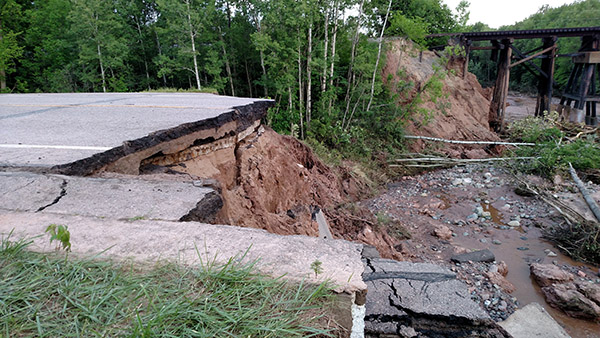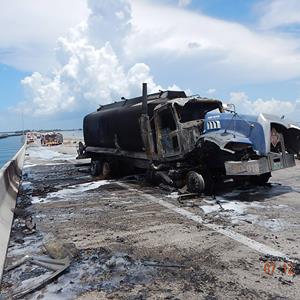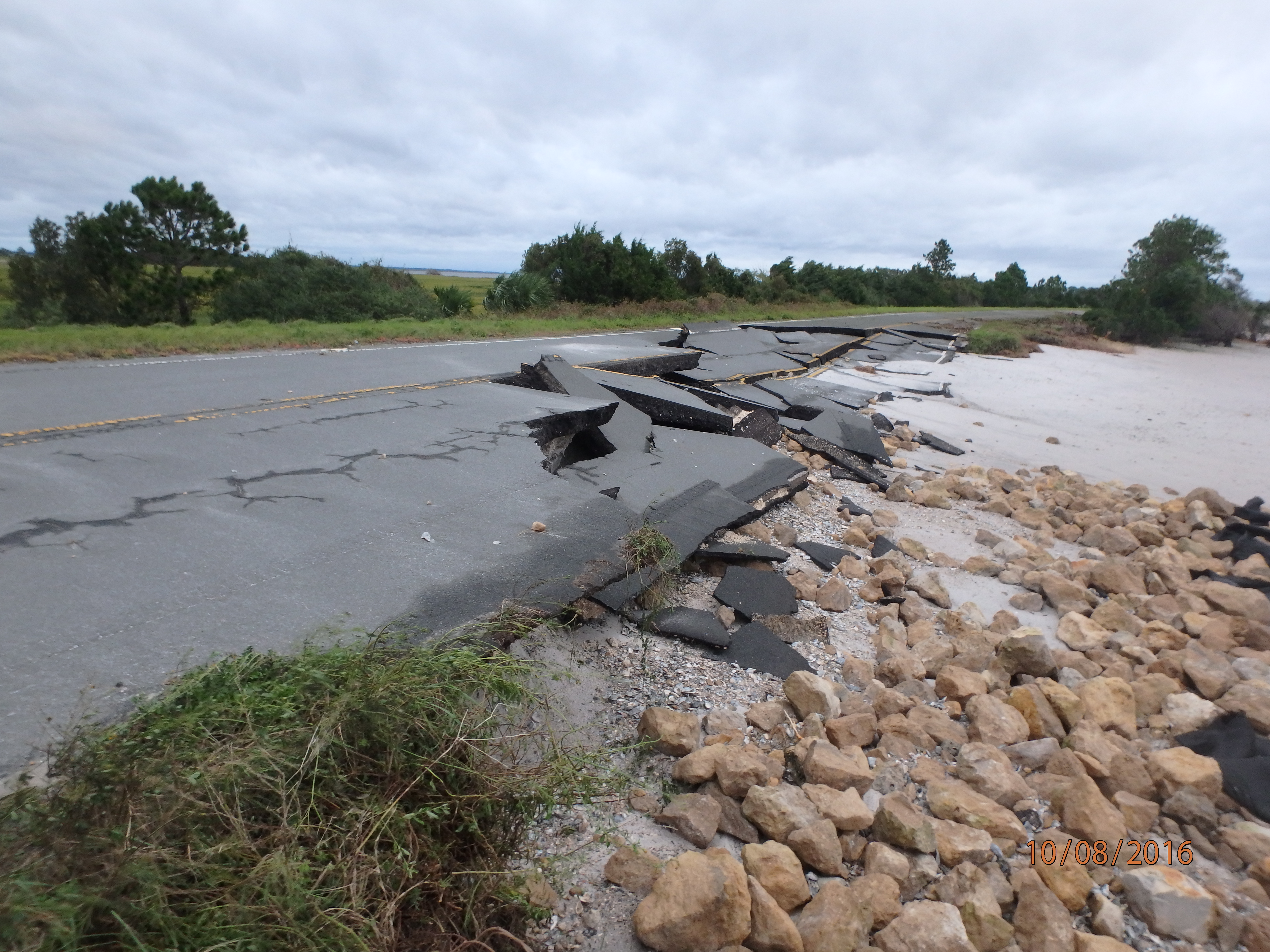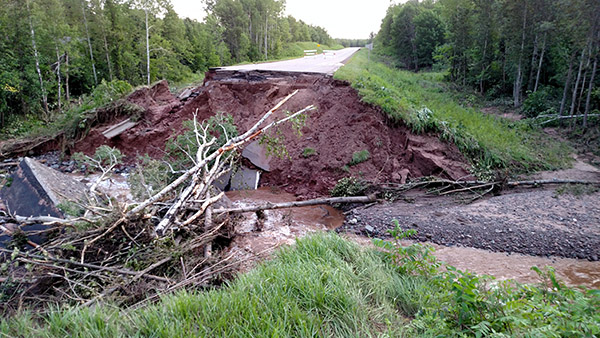When Emergency Strikes, Inspectors and Engineers Leap into Action
 The Atlanta transportation system was dealt a colossal blow March 30 after a massive fire under Interstate 85 caused a large bridge section to collapse. The blaze, apparently set intentionally, brought instant headaches to hundreds of thousands of commuters – even prompting the governor to declare a state of emergency.
The Atlanta transportation system was dealt a colossal blow March 30 after a massive fire under Interstate 85 caused a large bridge section to collapse. The blaze, apparently set intentionally, brought instant headaches to hundreds of thousands of commuters – even prompting the governor to declare a state of emergency.
The collapse was a topic of conversation at last week’s Bridge and Tunnel Inspectors’ Conference in Vancouver, Washington, and undoubtedly will be discussed at this week’s Southeast Bridge Preservation Partnership annual meeting in West Virginia.
Transportation inspection, engineering, and construction firms must be prepared to respond quickly to natural disasters and other emergencies such as the I-85 fire. The State of Georgia began work immediately to deal with the traffic snarls after the fire, as some 250,000 vehicles per day use that section of I-85 in Atlanta. A bigger issue was devising a plan to rebuild the bridge and adjoining highway approaches as quickly and cost-effectively as possible.
Atlanta’s situation is just the latest story demonstrating the importance of our nation’s transportation infrastructure, its volatility, and our dependence on it. Not long ago, a crack found in the Delaware River Bridge connecting the Pennsylvania and New Jersey turnpikes left tens of thousands of motorists scrambling to find alternative routes for many weeks while the bridge was repaired.
Ayres Associates has done its own share of emergency response work. Much like police and fire agencies, Ayres is always prepared with equipment, vehicles, and trained staff to handle urgent needs for our clients.
 On July 12, 2016, a tanker carrying nearly 4,000 gallons of diesel fuel caught fire on the Sunshine Skyway Bridge over Tampa Bay. Fire crews got the blaze under control quickly – thankfully before any diesel fuel escaped and ignited. Still, the extreme heat damaged the structure, and Ayres’ inspectors responded immediately to inspect the bridge with other agencies so it could be deemed safe and reopened to traffic as soon as possible.
On July 12, 2016, a tanker carrying nearly 4,000 gallons of diesel fuel caught fire on the Sunshine Skyway Bridge over Tampa Bay. Fire crews got the blaze under control quickly – thankfully before any diesel fuel escaped and ignited. Still, the extreme heat damaged the structure, and Ayres’ inspectors responded immediately to inspect the bridge with other agencies so it could be deemed safe and reopened to traffic as soon as possible.
During Hurricane Matthew in October 2016, Ayres provided damage assessments on roads, bridges, culverts, and overhead signs along the East Coast from Brevard County to the Georgia state line immediately following the storm. The work involved safety assessments of bridges on main corridors first so residents could return home as quickly as possible. Ayres then provided reports to state and local agencies on deficiencies and recommended repairs.
For the historic Colorado flooding in 2013, Ayres responded immediately with designs to avert floodwaters from reaching vital areas, and we continue to provide repair designs for damaged areas. Rebuilding work also is ongoing in Wisconsin after major flooding in several areas during the summer of 2016.
We’ve also conducted emergency inspections in Atlanta after flooding; structural inspection in Florida after Hurricanes Katrina and Wilma; and emergency water line protection for the City of Loveland, Colorado, after flooding.
No one enjoys disruptions to the transportation network, but state and federal agencies have an unwavering obligation to safety and fiscal accountability. The bottom line: Major infrastructure repairs take time and are expensive. The good news: Advancements in technology, training, materials, and methods have allowed engineering and construction firms to respond faster than ever.
That looks to be the case in Atlanta. The Georgia Department of Transportation announced work on the new bridge should be completed by June 15, so just nine weeks of heartburn remain for Atlanta commuters before life gets back to normal.
When clients have an emergency, Ayres Associates is there to help with inspection, design, and construction oversight services to help get things back to normal. Click here for more about Ayres Associates’ varied services. For more about our structural inspection services, contact Rick Maslyn.

Post a comment: